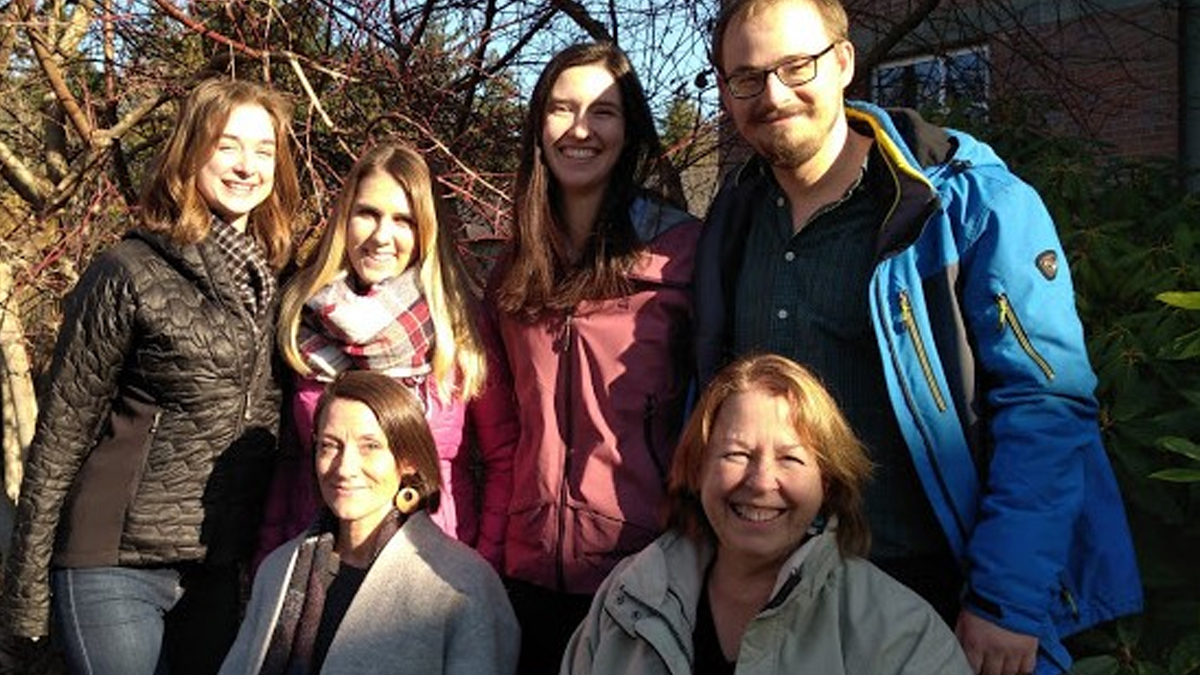- 2020
|
- Winner
|
- Living with Illness or Disability
This award was formerly named “Living with Illness”. Our Excellence in Quality category names changed in 2020 to reflect the updates to our BC Health Quality Matrix. Visit our Categories and Criteria page to find out more.
“You can’t treat what you don’t see.”
Long QT Syndrome is a condition which may cause an abnormal heart rhythm that can lead to dizziness, fainting, heart palpitations and seizures. For some people, their heart may stop.
In 2004, the Gitxsan Health Society, along with concerned community members, asked researchers at the University of British Columbia to investigate why there seemed to be a high rate of Long QT Syndrome in people with First Nations ancestry from northern BC. At least 40 people had been diagnosed, and another 200 were potentially at risk.
Dr. Laura Arbour’s UBC Community Genetics Research Program, situated at the Island Medical Program in Victoria, partnered with the health society on a dual clinical and research approach. By 2005 the research team was visiting regularly and soon discovered that a mutation in the KCNQ1 gene was the most common cause of Long QT Syndrome in the Gitxsan people.
The research team took steps to ensure that any Long QT Syndrome assessment, testing, screening and education was provided in a culturally safe manner. It held community meetings, group education sessions, health care provider education sessions, and one-on-one consultations, while distributing printed materials and updating the society’s website. Due to the hereditary nature of Long QT Syndrome, family groups were encouraged to come in together for screening.
Now, anyone with a predisposition to Long QT Syndrome receives evidence-based monitoring and management from the research team and Northern Health care providers. Patients are advised to take beta blocker medication and avoid medications that can aggravate the condition, such as antibiotics or antidepressants.
The team has also worked closely with pharmacists at Wrinch Memorial Hospital in Hazelton and St. Paul’s Hospital in Vancouver to develop, distribute and update a list of the most common medications for Long QT Syndrome patients to avoid. One of the team’s objectives is to help community members become active in their own care, and take ownership of their treatment, by following their prescription regimens and avoiding dangerous medications. The clinical care is largely carried out locally by internists, a heart health nurse and Dr. Arbour as an arm of the BC Inherited Arrhythmia Program with support from genetic counselors and cardiologists in Vancouver and Victoria.

Over the past 15 years, more than 850 people have enrolled in the research study, 148 of whom have tested positive for predisposition to Long QT Syndrome. Importantly, roughly one third of them may never have experienced symptoms.
And the research wasn’t limited to the Gitxsan nation – the same genetic mutation causing Long QT Syndrome was discovered in nearby Tachet. Since 2015, 15 people, representing 13% of the community’s population, have been diagnosed with Long QT Syndrome. Their cardiogenetics care is managed locally, with support through telehealth and intermittent visits by the BC Inherited Arrhythmia Program team.
Early and ongoing management of Long QT Syndrome is preventing potential acute care admissions and possible deaths, while helping a majority of the people with the disorder live long, healthy lives with minimal treatment.


